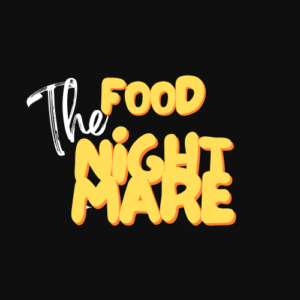THE MODERN ERA AND FOOD DISEASE
In the period following the Middle Ages, often referred to as the Early Modern period (from the late 15th century to the late 18th century) and into the modern era, there were significant developments and challenges related to food and associated diseases. This era was marked by scientific discoveries, industrialization, and global exploration, all of which had profound impacts on food safety and health. Here's an overview:
Early Modern Period (Late 15th Century to Late 18th Century)
Global Exploration and Trade: The exchange of foods and spices between the New World and the Old World (Columbian Exchange) introduced new nutrients and also new risks, such as unfamiliar pathogens.
Agricultural Developments: Improvements in farming techniques and crop cultivation helped to alleviate some food shortages, but population growth often offset these gains, leading to periodic famines.
Continued Nutritional Deficiencies: Lack of knowledge about nutrition meant that diseases like scurvy (vitamin C deficiency) and rickets (vitamin D deficiency) were still common, particularly among sailors and urban poor.
Food Adulteration: As urbanization increased, so did the practice of adulterating food with cheaper substances to increase profit margins, often leading to health problems.
Industrial Revolution (Late 18th Century to Early 20th Century)
Mass Production and Urbanization: The shift to factory-based production and the growth of cities changed eating habits and food distribution, leading to new food safety challenges.
Canning and Preservation: The development of canning and other preservation methods reduced some risks of food spoilage but also introduced new risks, such as botulism.
Public Health Movements: The recognition of the links between sanitation, food safety, and health led to public health reforms and the development of food safety regulations.
Scientific Advancements: The discovery of bacteria and the understanding of germ theory revolutionized the approach to food safety and handling.
20th Century to Present
Globalization of Food Supply: The global distribution of food has led to a more varied diet but also to challenges in tracking and ensuring food safety across borders.
Pesticides and Chemicals: The use of chemicals in agriculture helped increase food production but raised concerns about long-term health impacts.
Foodborne Illnesses: Despite advancements in preservation and hygiene, foodborne illnesses like salmonella, E. coli, and listeria continue to be significant public health concerns.
Nutrition Science: Greater understanding of nutrition has led to better awareness of diet-related diseases like obesity, diabetes, and heart disease.
Regulatory Bodies and Standards: The establishment of organizations like the FDA (Food and Drug Administration) in the United States and similar bodies worldwide has been crucial in setting standards for food safety.
Technological Innovations: Advances in technology have improved food storage, safety monitoring, and traceability.
In summary, the post-medieval period to the present has seen a dramatic transformation in the understanding and management of food safety and related diseases. While many historical challenges have been mitigated, new ones have emerged, necessitating ongoing efforts in science, technology, and public policy to ensure food safety.
